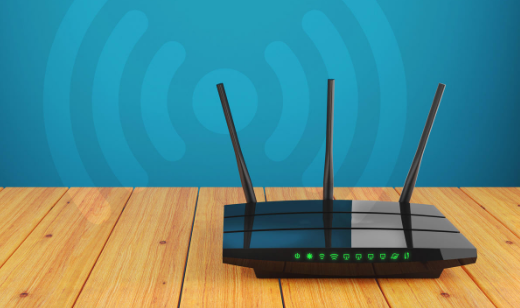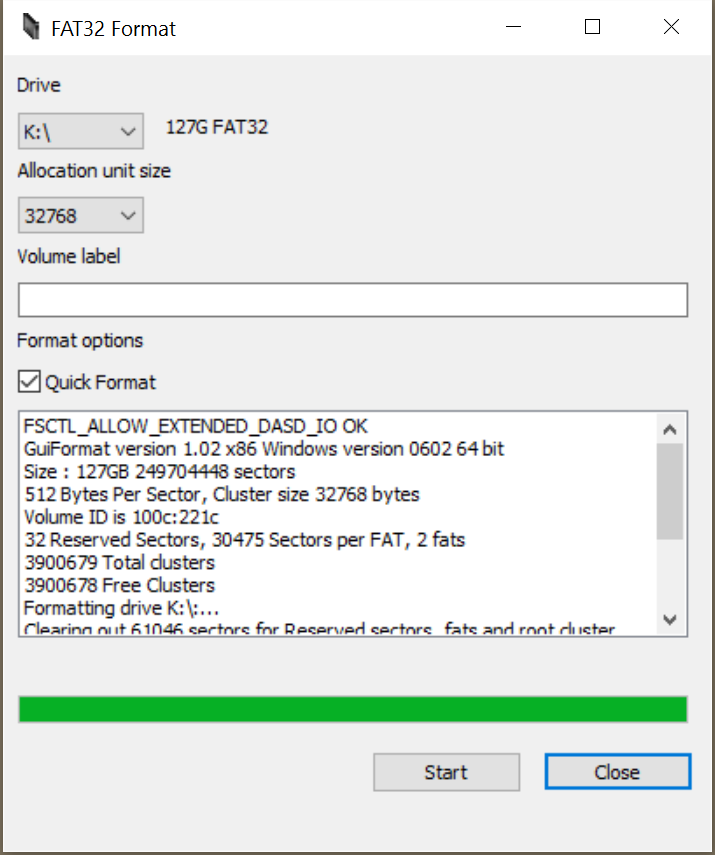 -->
-->Definition

Returns a string representation of the value of this instance of the Guid structure.
The Government Uniform Invoice (GUI) format corresponds to the SAP document class.
Overloads
| ToString() | Returns a string representation of the value of this instance in registry format. |
| ToString(String) | Returns a string representation of the value of this Guid instance, according to the provided format specifier. |
| ToString(String, IFormatProvider) | Returns a string representation of the value of this instance of the Guid class, according to the provided format specifier and culture-specific format information. |
Returns a string representation of the value of this instance in registry format.
Returns
It's often you'll find SD (or MicroSD) based devices that list compatibility as 'up to 32GB'. I found that in every single case I've tested, the limitation is the card's formatting and NOT size. I'll post a technical description at the end, but all you really need to do is format the card a specif. Installing the FAT32format GUI download: RidgeCrop provides their software as a Windows Executable file and therefore installation is as easy as downloading the file guiformat.exe and running it directly after retrieving it. We highly suggest using antivirus software before running.any. files from the Internet. The company hosting this file has a trust rating of 5/10. If the capacity of the storage drive is less than 32GB, you can format it to FAT32 via Diskpart. Diskpart is a built in tool which can help you to format your storage drive to FAT32 or other file system you need with Command Prompt. The specific steps are as follow: 1.
- String
Guiformat Switch
The value of this Guid, formatted by using the 'D' format specifier as follows:
xxxxxxxx-xxxx-xxxx-xxxx-xxxxxxxxxxxx
where the value of the GUID is represented as a series of lowercase hexadecimal digits in groups of 8, 4, 4, 4, and 12 digits and separated by hyphens. An example of a return value is '382c74c3-721d-4f34-80e5-57657b6cbc27'. To convert the hexadecimal digits from a through f to uppercase, call the ToUpper() method on the returned string.
Remarks
This method provides a default GUID format that is sufficient for typical use; however, other versions of this method that take a format parameter provide a few common format variations.
Returns a string representation of the value of this Guid instance, according to the provided format specifier.
Guiformat Download Free
Parameters
- format
- String
A single format specifier that indicates how to format the value of this Guid. The format parameter can be 'N', 'D', 'B', 'P', or 'X'. If format is null or an empty string ('), 'D' is used.
Returns
- String
The value of this Guid, represented as a series of lowercase hexadecimal digits in the specified format.
Exceptions
The value of format is not null, an empty string ('), 'N', 'D', 'B', 'P', or 'X'.
Remarks
The following table shows the accepted format specifiers for the format parameter. '0' represents a digit; hyphens ('-'), braces ('{', '}'), and parentheses ('(', ')') appear as shown.
| Specifier | Format of return value |
|---|---|
N | 32 digits: 00000000000000000000000000000000 |
D | 32 digits separated by hyphens: 00000000-0000-0000-0000-000000000000 |
B | 32 digits separated by hyphens, enclosed in braces: {00000000-0000-0000-0000-000000000000} |
P | 32 digits separated by hyphens, enclosed in parentheses: (00000000-0000-0000-0000-000000000000) |
X | Four hexadecimal values enclosed in braces, where the fourth value is a subset of eight hexadecimal values that is also enclosed in braces: {0x00000000,0x0000,0x0000,{0x00,0x00,0x00,0x00,0x00,0x00,0x00,0x00}} |
The hexadecimal digits a through f are lowercase in the returned string. To convert them to uppercase, call the String.ToUpper method on the returned string.
Applies to
Returns a string representation of the value of this instance of the Guid class, according to the provided format specifier and culture-specific format information.
Parameters
- format
- String
A single format specifier that indicates how to format the value of this Guid. The format parameter can be 'N', 'D', 'B', 'P', or 'X'. If format is null or an empty string ('), 'D' is used.
- provider
- IFormatProvider
(Reserved) An object that supplies culture-specific formatting information.
Returns
- String
The value of this Guid, represented as a series of lowercase hexadecimal digits in the specified format.
Implements
Exceptions
The value of format is not null, an empty string ('), 'N', 'D', 'B', 'P', or 'X'.
Remarks

The provider parameter is reserved for future use and does not contribute to the execution of this method. You can pass null in the method call.
The following table shows the accepted format specifiers for the format parameter. '0' represents a digit; hyphens ('-'), braces ('{', '}'), and parentheses ('(', ')') appear as shown.

| Specifier | Format of return value |
|---|---|
N | 32 digits: 00000000000000000000000000000000 |
D | 32 digits separated by hyphens: 00000000-0000-0000-0000-000000000000 |
B | 32 digits separated by hyphens, enclosed in braces: {00000000-0000-0000-0000-000000000000} |
P | 32 digits separated by hyphens, enclosed in parentheses: (00000000-0000-0000-0000-000000000000) |
X | Four hexadecimal values enclosed in braces, where the fourth value is a subset of eight hexadecimal values that is also enclosed in braces: {0x00000000,0x0000,0x0000,{0x00,0x00,0x00,0x00,0x00,0x00,0x00,0x00}} |
Ridgecrop Format Fat32
The hexadecimal digits a through f are lowercase in the returned string. To convert them to uppercase, call the String.ToUpper method on the returned string.
Guiformat Ridgecrop
Because the provider parameter is ignored, you cannot use it to provide a custom formatting solution. To represent a Guid value as a string in a format that isn't supported by the standard GUID format strings, call the String.Format(IFormatProvider, String, Object[]) method with a provider object that implements both the ICustomFormatter and IFormatProvider interfaces. For more information, see the 'Custom Formatting with ICustomFormatter' section in the Formatting Types article.